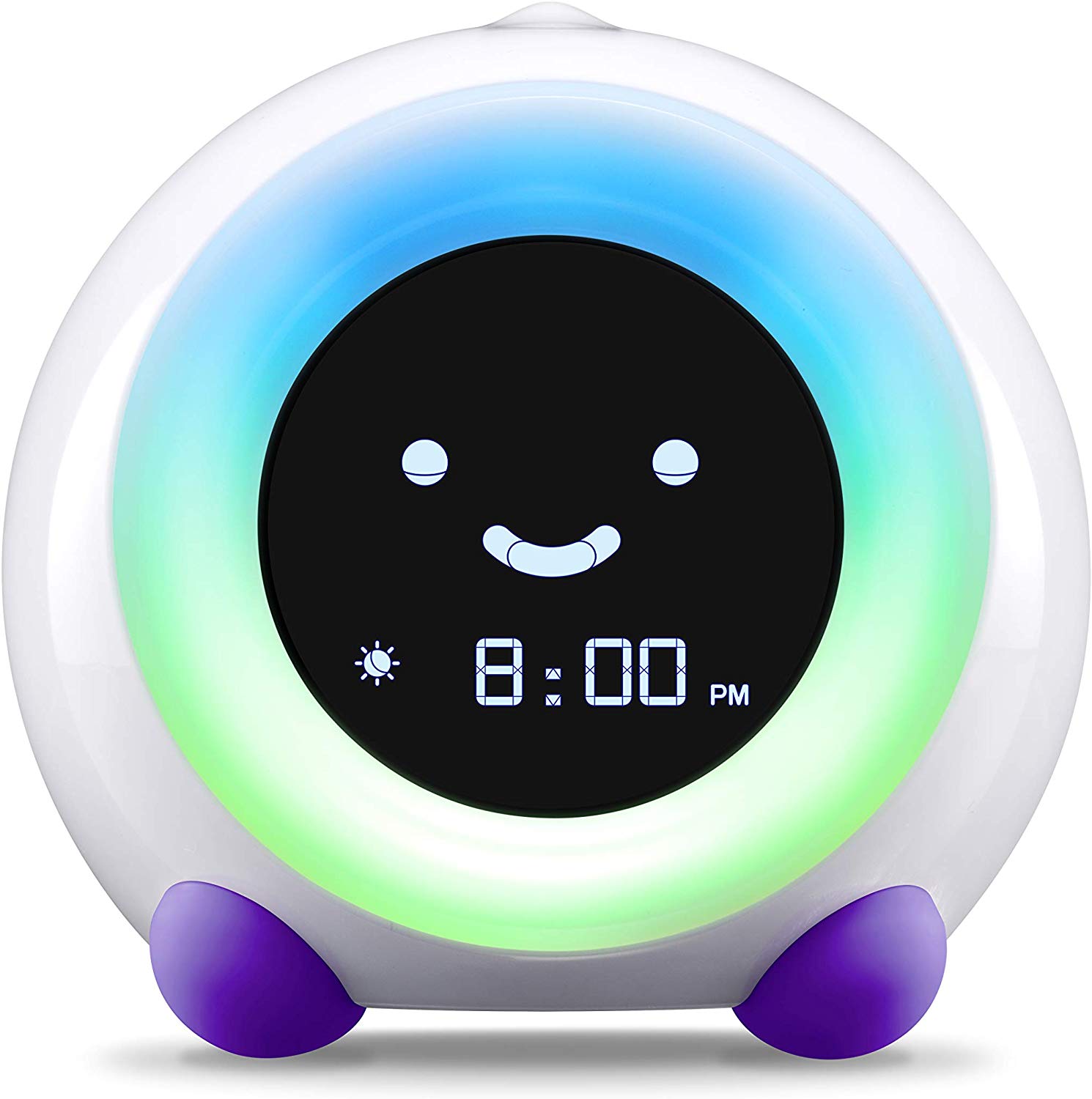
Most respondents (59%) report “neither positive nor negative”.
Kids alarm clock girls plus#
On the plus side, according to a 2022 survey, 32% of adolescents believe that social media has a mostly positive impact on their lives, compared to 9% who report mostly negative impacts.

adolescents who have used each social media platform. These “stories” enable users to share their experiences through videos or photos with all their followers.įacebook allows users to share photos, videos, articles, and personal information, as well as chat with friends and more.Īll of these social media platforms are used to communicate with friends and are popular sources of news and celebrity updates. Snapchat allows users to share photos that disappear after being viewed, as well as “stories” that vanish after 24 hours. Many people use Instagram as a platform for photo blogging, showcasing videos from vacations, daily life, and sharing interests in art, cooking, and other activities. Unless an Instagram account is set to “private,” anyone can view posted photos and videos. Instagram offers a “stories” feature that lasts for 24 hours, in addition to sharing photos and videos that remain on a user’s profile. Influencers on TikTok attract a dedicated audience by providing brief advice, tips, and engaging in self-promotion. TikTok allows users to create 15-to-60-second short-form videos, primarily focused on entertainment and comedy but increasingly used for infotainment purposes. YouTube allows users to share original videos, such as music, cooking, make-up tutorials, and vlogs (video blogs). What are the different social media platforms and how are they used?Īccording to surveys, the most popular social media platforms are YouTube (95%), TikTok (67%), Instagram (62%), Snapchat(59%), and Facebook (32%).

Given the widespread usage, this article explores the use of social media use among teens and young adults. Not surprisingly, 36% admit to spending excessive time on it, compared to 8% who report spending too little time.

Most adolescents and young adults use social media 35% report using at least one social media platform “almost constantly,” and 54% say it is difficult to “give up” social media. Elina Mir, Andrea Sun, National Center for Health Research


 0 kommentar(er)
0 kommentar(er)
